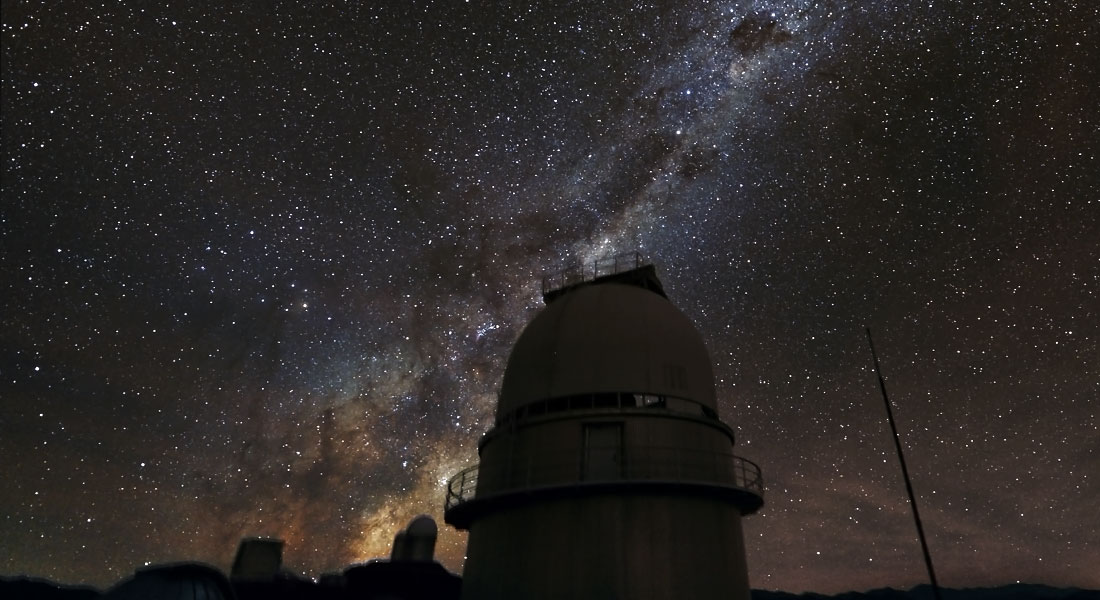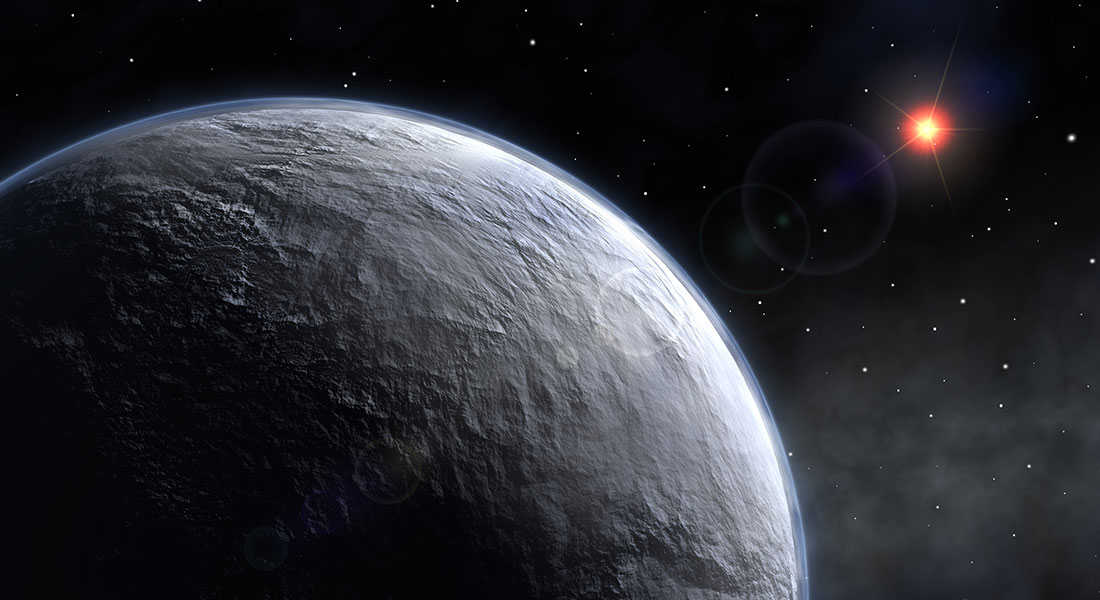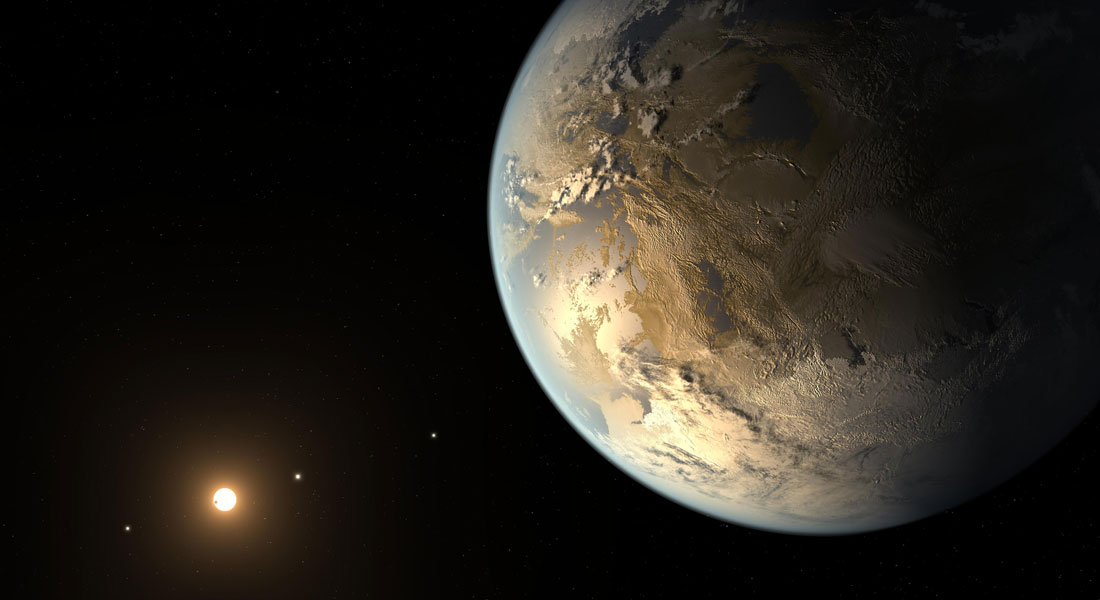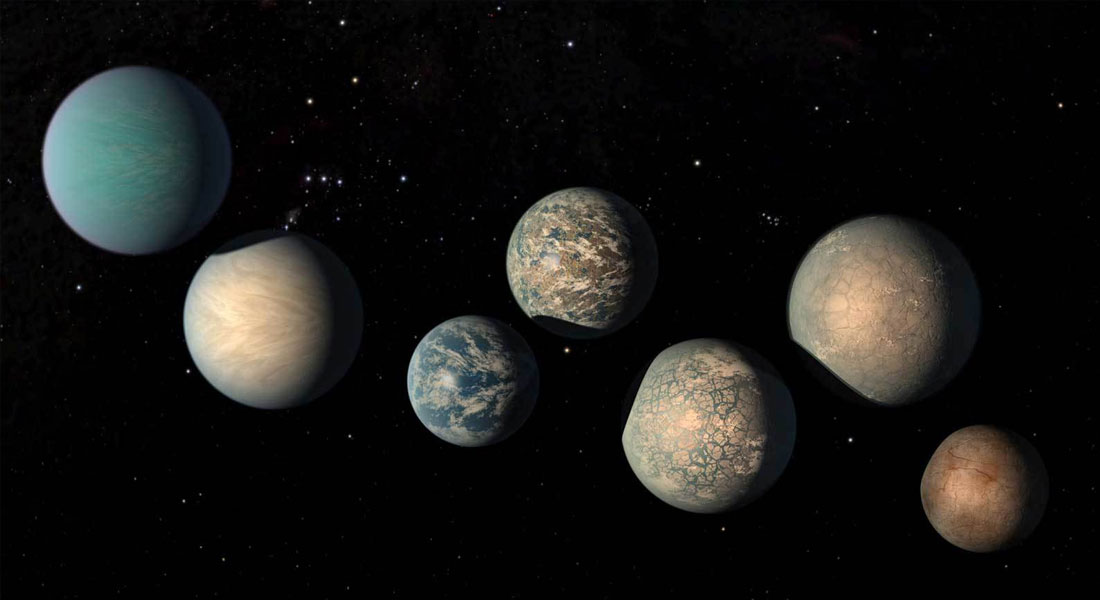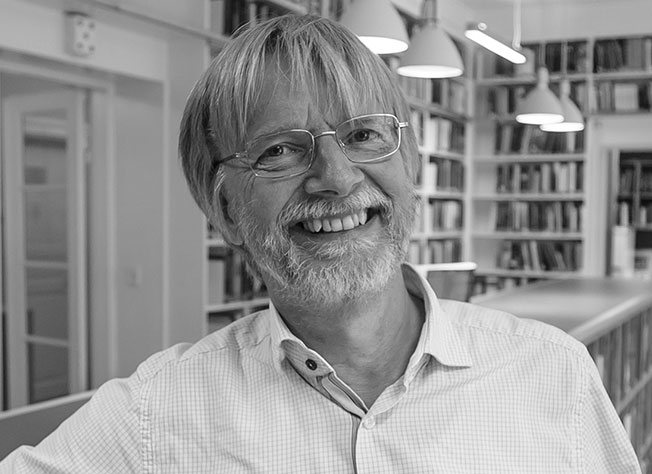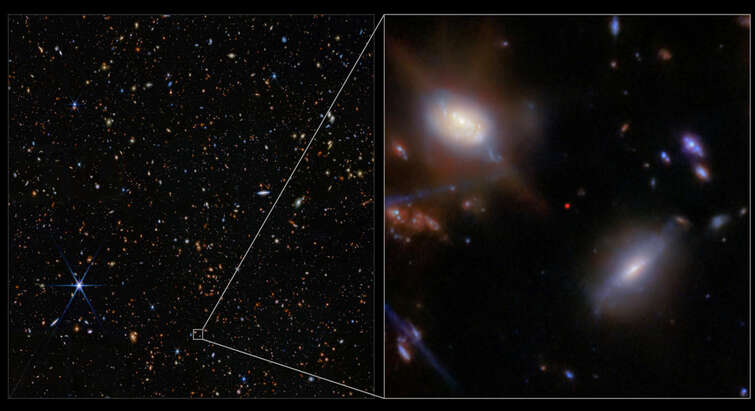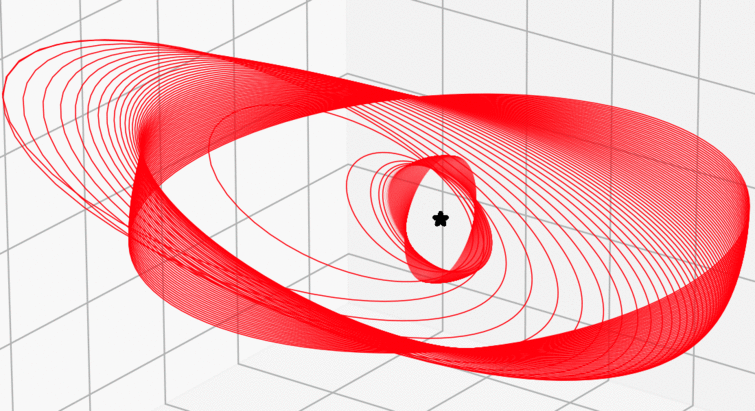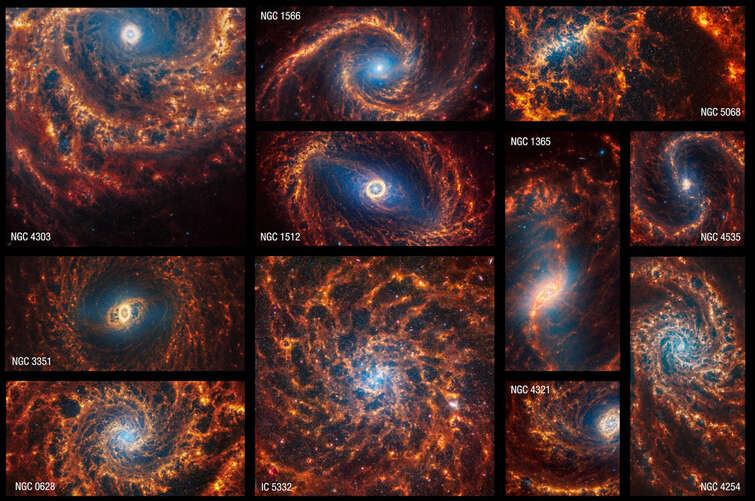
Exoplanets & Astrobiology
Our group participate in discovering and characterising some of the most interesting exoplanets. By modelling their spectra we will be able to calculate what they are made of. Eventually these models will reveal whether biological processes affects the atmosphere, as is the case on Earth. By performing biological experiments, we quantify how much different types of life will affect the observable spectra.
Our research activity is carried out at the Centre for ExoLife Sciences (CELS) and encompass theoretical modelling of the spectra and atmospheric structure of exoplanets, as well as observations, laboratory work and instrument development.
The Centre for ExoLife Sciences (CELS) is led by Uffe, Gråe Jørgensen, who has held a permanent position at the Niels Bohr Institute since 1992 and has a background in the theory of stellar atmospheres and evolution. Today, our research mainly focuses on the different aspects of exoplanets. For more information, see https://cels.nbi.ku.dk/english/.
- The observational aspects of our exoplanet research is through an international team, MiNDSTEp, of researchers and students from 10 different countries worldwide: www.mindstep-science.org
- Our theoretical modelling is anchored in a network of scientists from 8 different European research institutes that was recently granted a European PhD double degree network, CHAMELEON: https://chameleon.iwf.oeaw.ac.at/
- Our astrobiological research is in collaboration with other scientists at the Niels Bohr Institute, institute of microbiology and institute of chemistry, all at the University of Copenhagen. These are Anders Priemé (aprieme@bio.ku.dk), Henrik Grum Kjærgaard (hgk@chem.ku.dk), Jan Härter (haerter@nbi.ku.dk) and Morten Bo Madsen (mbmadsen@nbi.ku.dk)
Recently graduated students:
- Cecillie Patricia Knudsen, master student (co-supervised with Morten Bo Madsen), hsx285@alumni.ku.dk, graduated February 2021
- Poul Kari Madsen, master student (co-supervised with Anders Priemé, xps228@alumni.ku.dk, graduated 2021
- Nanna Bach-Møller, master student, jd153@alumni.ku.dk, graduated October 2020
- Nicholas Ljungstrøm Duus, master student (co-supervised with Anders Priemé), qdn894@alumni.ku.dk, graduated October 2019
- Emma Poole, master student, emjip_poole@hotmail.com , graduated August 2019
- Rune Dodensig Kjærsgaard, master student, sgq951@alumni.ku.dk, graduated August 2019
- Christian Nørby Friis, master student (co-supervised with Åke Nordlund), xls818@alumni.ku.dk, graduated August 2019
Modelling the atmosphere and spectra of exoplanets:
Within a few years, new instruments now under construction will produce detailed spectra of the nearest exoplanets. With careful modelling of the spectra, it will be possibly to estimate what these far away worlds are made of.
It will be possible to tell whether the planets have water at their surface, whether the atmospheres are dominated by CO2 as the atmospheres of Mars and Venus, by nitrogen as the atmosphere of Earth and Titan, or by something completely different and unknown from any of the planets in our own solar system. This will give us crucial information about how our own planetary system formed and evolved compared to other (exo)planetary systems.
We have already many years of experience in atmospheric modelling, and will in the future take advantage of the increasing knowledge from Earth climate modelling and inclusion of artificial intelligence and machine learning in the step from observing exoplanetary spectra to understanding how they are build and evolve.
Among the highlights in this part of our research are D.Juncher et al 2017 (A&A 608, A70) and B.Gustafsson et al 2008 (A&A 486, 951).
We lead the international exoplanetary observational network MiNDSTEp www.mindstep-science.org that use the Danish 1.54m telescope at ESO’s La Silla observatory in Chile to search for exoplanets by use of the microlensing and the transit techniques.
Microlensing is the only known way to discover exoplanets similar to the planets in our own solar system (in both size and orbit). Among the highlights of our microlensing research are the discovery of the first known Earth-like exoplanet (J.-P.Beaulieu et al 2006, Nature 438, 437), the first understanding of the mass distribution function of exoplanets in Earth-like orbits (A.Cassan et al 2012, Nature 481, 167), and the first estimate of the distribution of the very smallest exoplanets known (A.Udalski et al 2018, Acta Astronomica 68, 1).
Among the highlights of our transit observations is the discovery of a large planet in the process of being “eaten” by the star it orbits (J.Southworth et al 2019, MNRAS 490, 4230). In parallel with the observations we embark in an instrumental development program that will take particular advantage of the qualities of small and medium-sized telescopes as the Danish 1.54m telescope.
Our camera technology development is described in C.Mackay et al 2018, Publ.Astr.Soc.Australia 35, e047, 1) and a first new and somewhat surprising application of our new exoplanet camera technology was the discovery of a ringsystem around a small comet-like object in our own solar system (F.Braga-Ribas et al 2014, Nature 508, 72).
The European PhD double degree network grant, CHAMELEON combines the expertise in exoplanetary atmosphere and protoplanetary disk modelling by researchers from eight European research institutes.
The network consists of 15 PhD students, of which 8 will get a PhD degree from NBI.
More information about the activities under the CHAMELEON project can be found at our homepage https://chameleon.iwf.oeaw.ac.at/
If one took a spectrum of the Earth from outer space, the lines in the spectrum would reveal precisely which molecules Earth’s atmosphere is made of.
Modelling the spectrum in the same way that we now model exoplanet spectra would reveal that Earth’s atmosphere is dominated by biological processes – oxygen from photosynthesis side by side with methane from bacteria. By generalizing this out-of-chemical-equilibrium principle, we are able to predict a pattern exoplanet spectra must follow in order to be caused by biology rather than by geological processes. In this way we will be able to use coming high quality spectra of exoplanets to understand whether they are inhabitated by living organisms.
In parallel with the theoretical-numerical development of our simulations, we are performing laboratory experiments to quantify how much biological activity is needed in order to be able to measure it in spectra of far-away exoplanets.
We are in particular growing bacteria from extreme dry areas in Antarctica and from high mountain conditions in the Andes, in order to find bacteria that seems to survive conditions closest to the only other (partly) liveable planet we know of – Mars. Such bacteria could at the same time as helping us understand the spectra of exoplanets, maybe help humanity colonizing our closest neighbour planet in the not so distant future.
For more information on the fellowships in this project, please see https://cels.nbi.ku.dk/english/openings/
Niels Bohr Building, Jagtvej 155, 2200 København N.
Secretary
Helena Baungaard-Sørensen
Email: Helena.baungaard@nbi.ku.dk
Phone: +45 35 32 70 14
Uffe Gråe Jørgensen, Professor
Office 01-2-403
Email: uffegj@nbi.dk
Phone: (+45) 61 30 66 40
Staff
| Name | Title | |
|---|---|---|
| Search in Name | Search in Title | |
| Andersen, Anja C. | Professor |
|
| Jørgensen, Uffe Gråe | Associate Professor |
|
Students
| Navn | Titel | Telefon | |
|---|---|---|---|
| Angeliki Christakopoulou | Master student | xgz378@alumni.ku.dk | |
| Eftychia Symeonidou | Master student | kds765@alumni.ku.dk | |
| David John Willumsen | Master student | jbq725@alumni.ku.dk |

